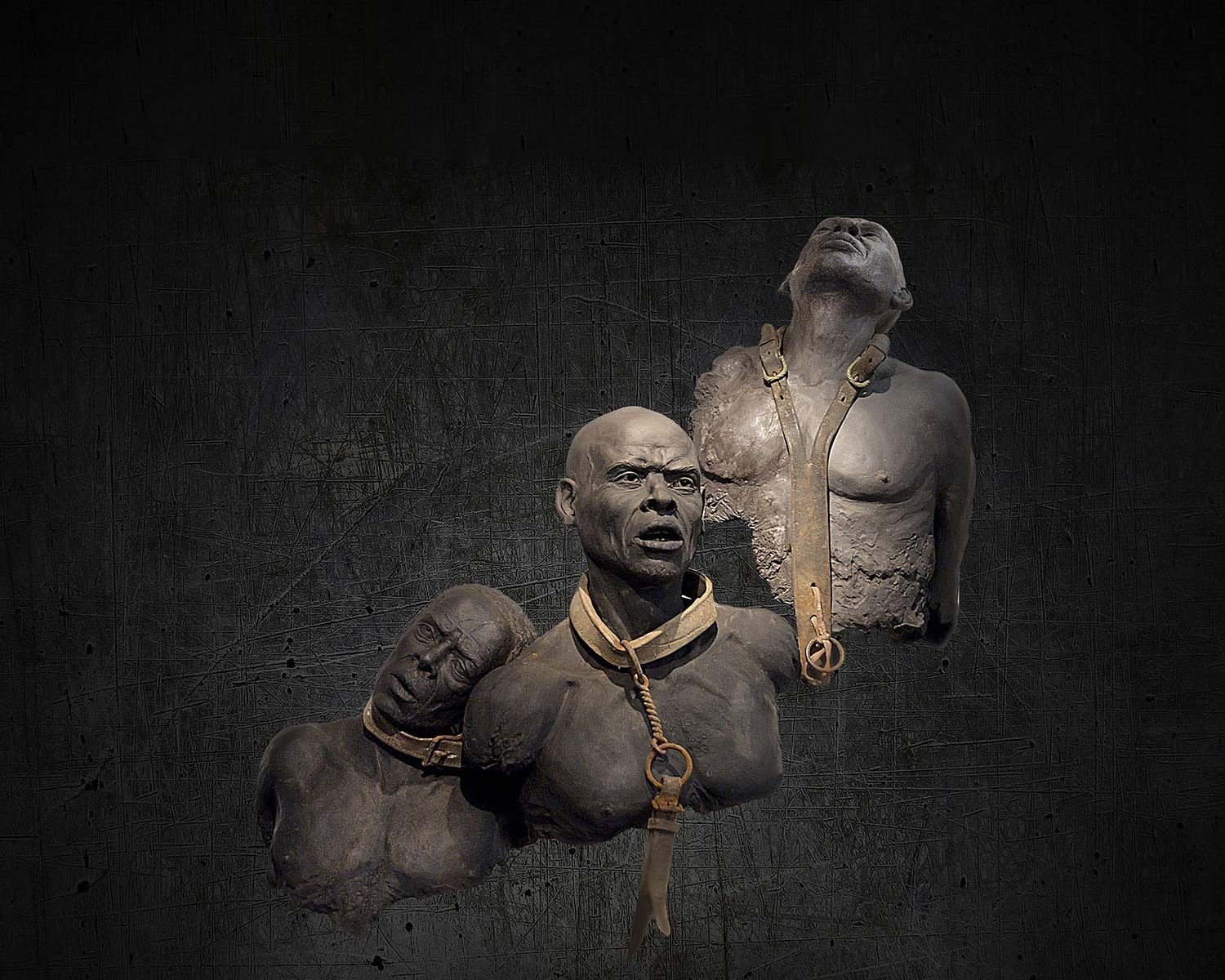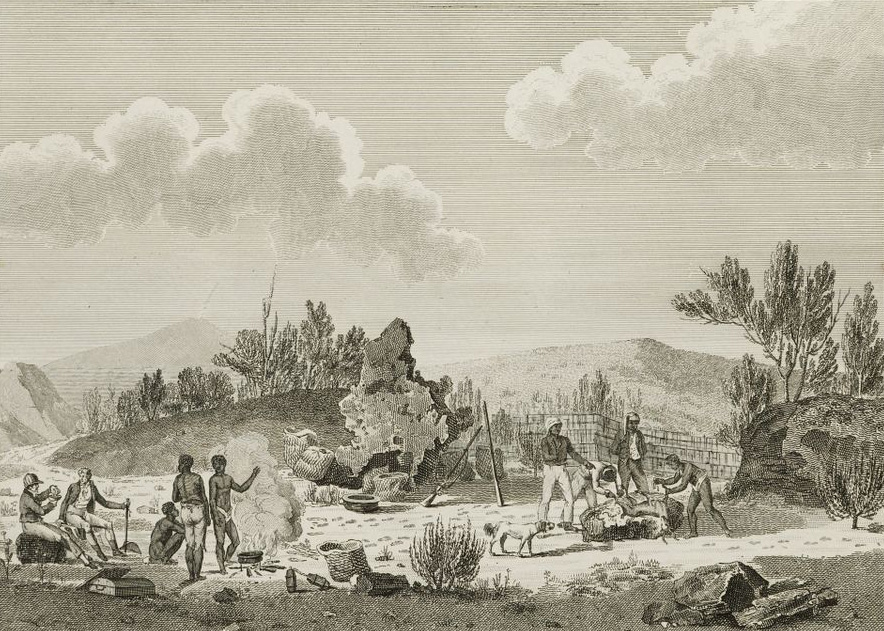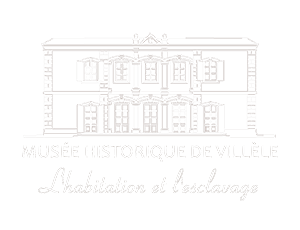On 23rd May 1998, a silent protest of 40,000 people, mainly from Guadeloupe, Martinique, Guyana and Réunion, took place in Paris between Place de la République and Place de la Nation, marking the 150th anniversary of the abolition of slavery on 27th April 1848.
Contrary to the official position of the French State until then, namely the promotion of abolitionists working for the cause in Mainland France, the 23rd May protesters first celebrated the memory of their ‘enslaved’ ancestors, oppressed for several centuries in France’s overseas territories. To mark this historic event, the 23rd May 1998 Protest Committee was formed (CM98) at the end of November 1999, its goal being to ensure that slavery and the slave trade in French colonies be officially recognised as a crime against humanity. This was finally enshrined in law on 21st May 2001. The annual commemoration of 23rd May, a national day in homage to the victims of slavery, was officially introduced on 29th April 2008. This was confirmed, like the commemoration of 10th May, by a law passed on 27th February 2017.
Although it benefits from less media coverage than the National Day of Remembrance of the Slave Trade, Slavery and its Abolition on 10th May, the commemoration of 23rd May has nevertheless been the subject of events throughout France and its overseas territories for the past 20 years. Initiated and organised by memorial associations in partnership with local authorities, events are generally a combination of remembrance, contemplation (often around a monument erected for this purpose) and cultural expression. For example, on 23rd May 2015, nearly 30,000 people gathered at the Place de la République in Paris to see the exhibition of genealogical charts created by CM98 activists, followed by a big concert of gwoka, bélé and maloya music
To mark the 20th anniversary of the march, the national commemoration of 23rd May 2018, organised by the National Committee for the History and Memory of Slavery (CNMHE), took place at the Ministry of Overseas France in the presence of Mrs Annick Girardin, Minister for Overseas France and Mr Jean Marc Ayrault, former Prime Minister and President of the Mission for the Memory of Slavery, the Slave Trade and their Abolition. Hosted by Mr Frédéric Régent, President of the CNMHE, the ceremony began with the planting of a ‘freedom tree’ in the courtyard of the Ministry of Overseas France, followed by the awarding of a thesis prize and a round table discussion on the theme : ‘Are descendants of slaves still victims of slavery ?’
For this year 2020, which is an unusual year with post-lockdown health measures, the national commemoration of 23rd May will involve a wreath-laying ceremony and a moment of contemplation in front of the monument dedicated to the victims of colonial slavery, created by the sculptor Nicolas Cesbron, at Victor Hugo Square in the commune of Saint-Denis (93) in the presence of Mrs Annick Girardin, Minister for Overseas France, Mr. Laurent Russier, Mayor of Saint-Denis, Mr Serge Romana, President of the Fondation Esclavage et Réconciliation, Mr Emmanuel Gordien, President of the CM98.
Bruno Maillard / Doctor in History
Associate Researcher at the CRESOI Laboratory of the University of Reunion Island
Temporary lecturer at the University of Paris Est Créteil
Member of the Scientific Council of the Foundation for the Remembrance of Slavery








